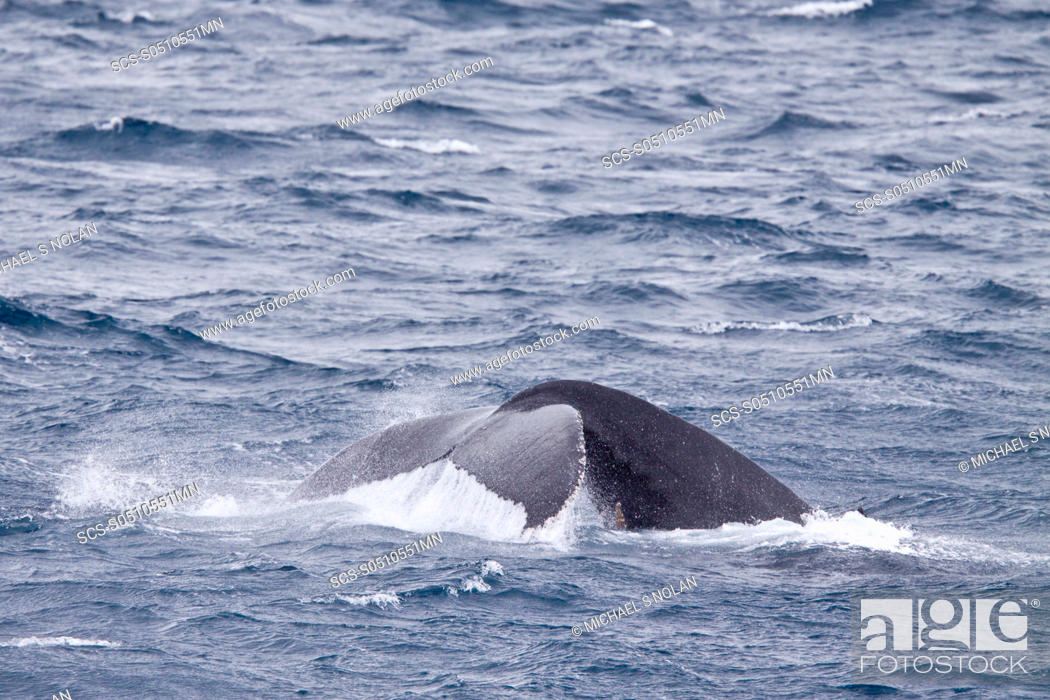- Español
-
Estados Unidos
- Loading...
-
Mi cuenta
Iniciar sesión¿Eres un cliente nuevo?
- Clientes:
- Iniciar sesión
- Regístrate
- Log in Fotógrafos

